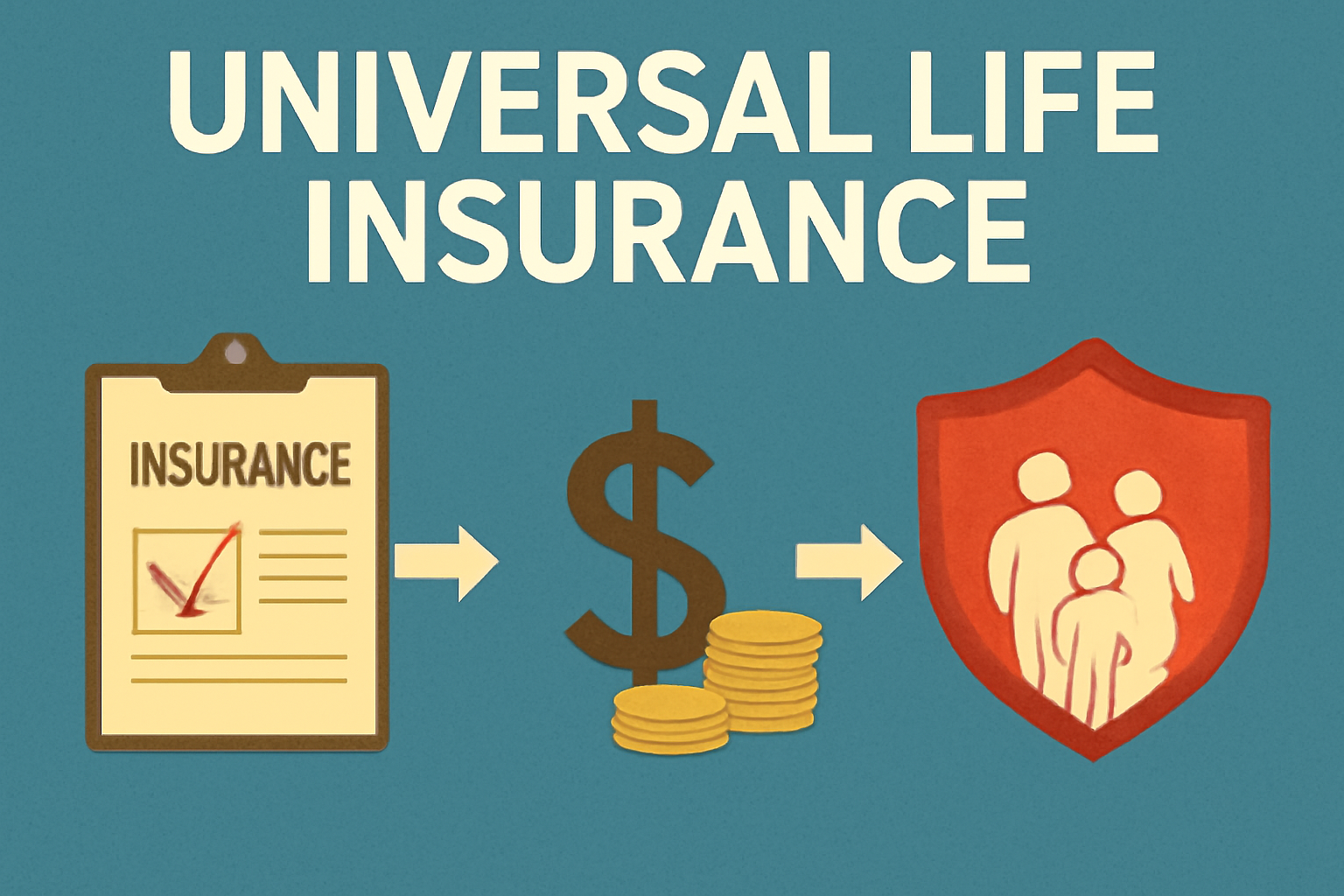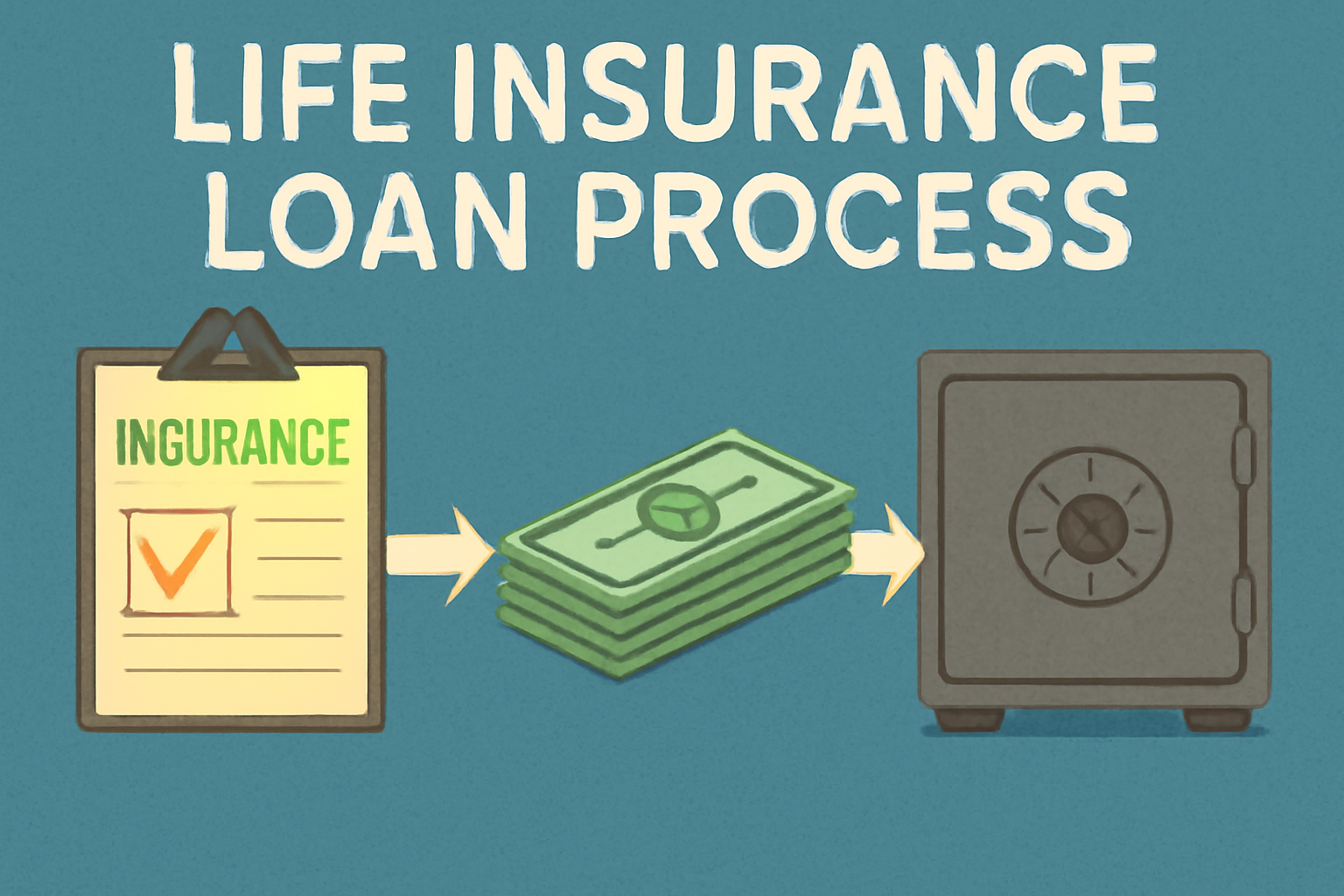Climate-related disasters such as fires and floods, which frequently destroy livelihoods and property around the world, are prompting insurers to increasingly use “future models” to improve their resilience. The goal is to avoid billions of dollars in economic and insured losses. These new tools are transforming the way insurers and brokers manage their clients’ property risks and are becoming essential resources for brokers navigating an era of escalating climate risks. The offerings leverage data and artificial intelligence (AI), and some can predict future climate scenarios more than 50 years in advance. These high-tech tools offer brokers new ways to help their clients understand and manage risk.
Climate modeling tools from Allianz, FM, Swiss Re, Munich Re, AXA XL…
The world’s major insurers are continually developing and improving their own versions of this forward-looking insurance and risk technology. In July, Allianz launched its Climate Adaptation & Resilience Services (CAReS).
“The digital self-service platform enables clients to independently conduct climate risk assessments at the asset and portfolio level for 12 perils, future climate scenarios and various time horizons,” the insurer said in response to IB’s questions, which were attributed to members of its trading team.
The world’s major insurers are continually developing and improving their own versions of this pioneering insurance and risk technology. In July, Allianz launched its Climate Adaptation & Resilience Services (CAReS).
“The digital self-service platform enables customers to independently conduct climate risk assessments at the asset and portfolio level for 12 perils, future climate scenarios, and various time horizons,” the insurer said in a response to IB’s questions, which were attributed to members of its trading team.
However, numerous other insurers also have similar technologies on the market.
In 2023, US insurer FM Global announced its “Climate Change Impact Report” tool. According to the property insurance specialist, this tool can identify specific locations most affected by the effects of climate change—such as extreme rainfall, strong winds, or heat waves—and thus provide actionable insights.
There is also Swiss Re’s “Climate Risk Solutions” platform. The insurer states that this technology combines satellite data, machine learning, and climate research to help brokers and clients assess hazard risks. The “scenario-based projections” extend to the year 2100 and enable brokers to present long-term risk profiles and adaptation strategies to their clients.
Munich Re’s NATHAN Risk Suite, enhanced with so-called “climate change modules,” enables brokers and clients to understand how natural catastrophe risks may change under different climate scenarios—information considered crucial when advising on real estate portfolios or renewal conditions.
AXA XL also offers a climate risk assessment tool. This offering, according to the company, integrates “global climate models” with local hazard data, providing brokers with a convenient way to help companies in the real estate, infrastructure, and manufacturing sectors understand and adapt to their climate risks.
How are these new tools different?
Traditional climate modeling tools typically focus on hazard mapping or scenario analysis. Newer offerings promise significantly more and more comprehensive services for brokers and their clients.
For example, Allianz describes CAReS as “a holistic solution for climate risk and resilience” and says it aims to address the full spectrum of climate risks—physical, operational, and financial—by integrating hazard data, vulnerability assessments, and resilience strategies into a single platform.
These offerings often also include a dedicated advisory service, but their dashboard-based design is simple enough that not only technical experts but also business leaders can read the information and take action based on their insights.
“By leveraging future climate scenario modeling, CAReS’s intuitive dashboards and interactive maps enable companies to visualize and assess risks under different future scenarios and prioritize resilience actions,” Allianz said in its response to IB.
Where does all the data come from?
Some of the data used in climate modeling is publicly available from the Intergovernmental Panel on Climate Change (IPCC). For example, according to Allianz, for “chronic” risks, CAReS uses the Representative Concentration Pathway (RCP) and Common Socioeconomic Pathways (SSP) scenarios outlined by the IPCC. These data represent “potential future developments” based on different greenhouse gas emissions.
For “acute” risks—extreme weather events such as tropical cyclones and hail—Allianz uses its own models and “high-resolution, downscaled outputs from climate model runs.”
Other insurers, such as Swiss Re and Munich Re, also combine public climate data with proprietary analyses. Swiss Re’s Climate Risk Solutions integrate IPCC scenarios with proprietary catastrophe databases and AI-powered analytics, while Munich Re’s NATHAN suite combines global climate forecasts with detailed local hazard maps for a detailed risk assessment.
How clear are these crystal balls?
Most industry representatives agree that an absolute prediction of the future climate is nearly impossible. Allianz emphasized that uncertainties must be considered when using its tool.
“Future models contain uncertainties that we must clearly communicate to our clients,” the company stated. “As the time horizon increases, tipping points become more unpredictable and uncertainties increase.”
For insurance brokers, this underscores the importance of communicating clear expectations to clients regarding the inherent uncertainties of long-term forecasts from advanced climate modeling tools.
Global supply chains: an opportunity for brokers?
However, industry reports indicate increasing demand for this technology among companies with global supply chains—a trend that could open up significant new opportunities for brokers. Since the COVID-19 pandemic and ongoing geopolitical challenges, supply chain challenges have become a more acute focus for brokers and their clients.
According to Allianz’s latest Risk Barometer, supply chain disruptions are among the top concerns for companies worldwide, with 45% of respondents citing it as one of their top risks in 2025. An Economist survey found that pandemic-related supply chain disruptions reduced some companies’ revenues by as much as 20%.
This suggests that brokers who can leverage this new technology are well positioned to offer value-added solutions that help protect their clients’ operations and bottom lines.
Do you use advanced climate modeling tools with your clients? Share your thoughts on this technology below.





